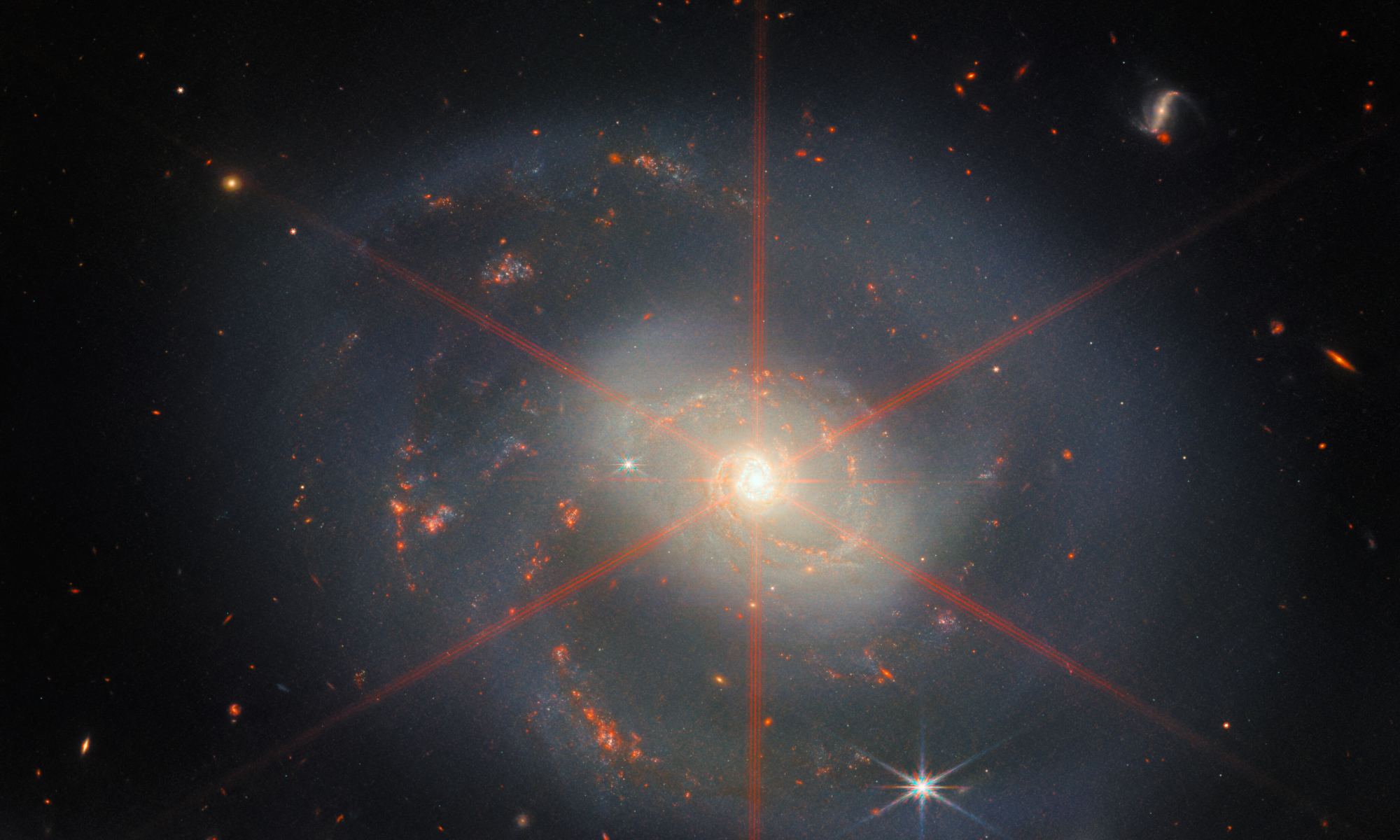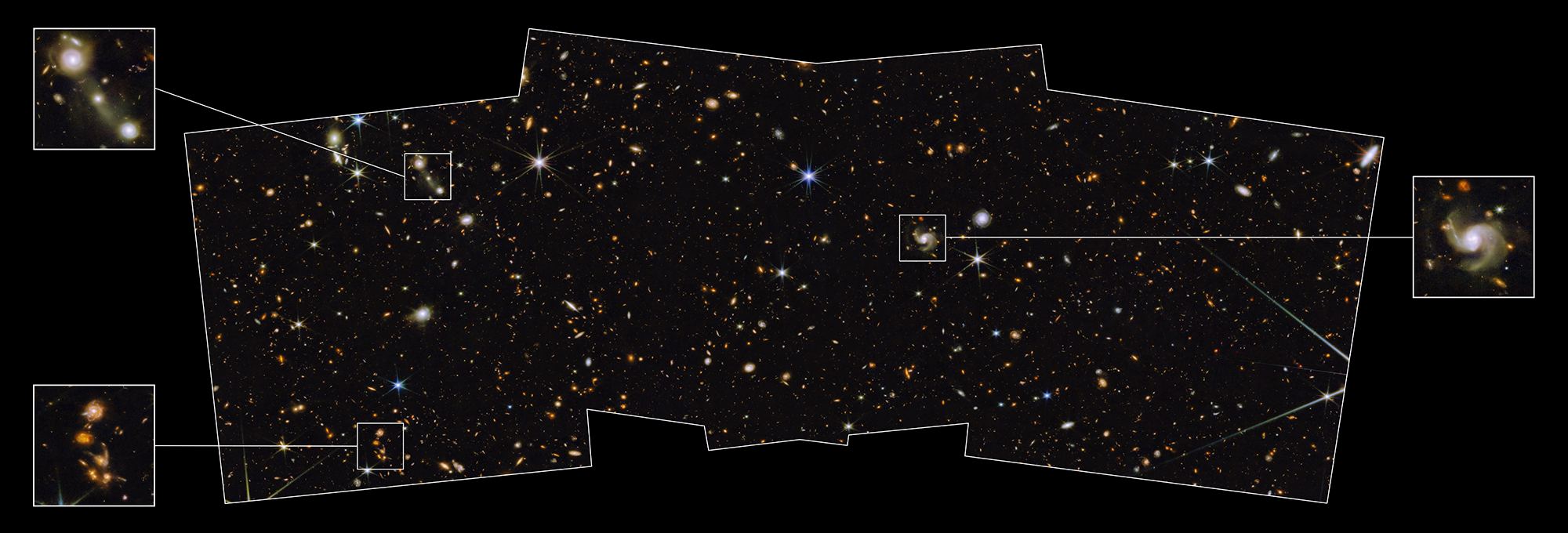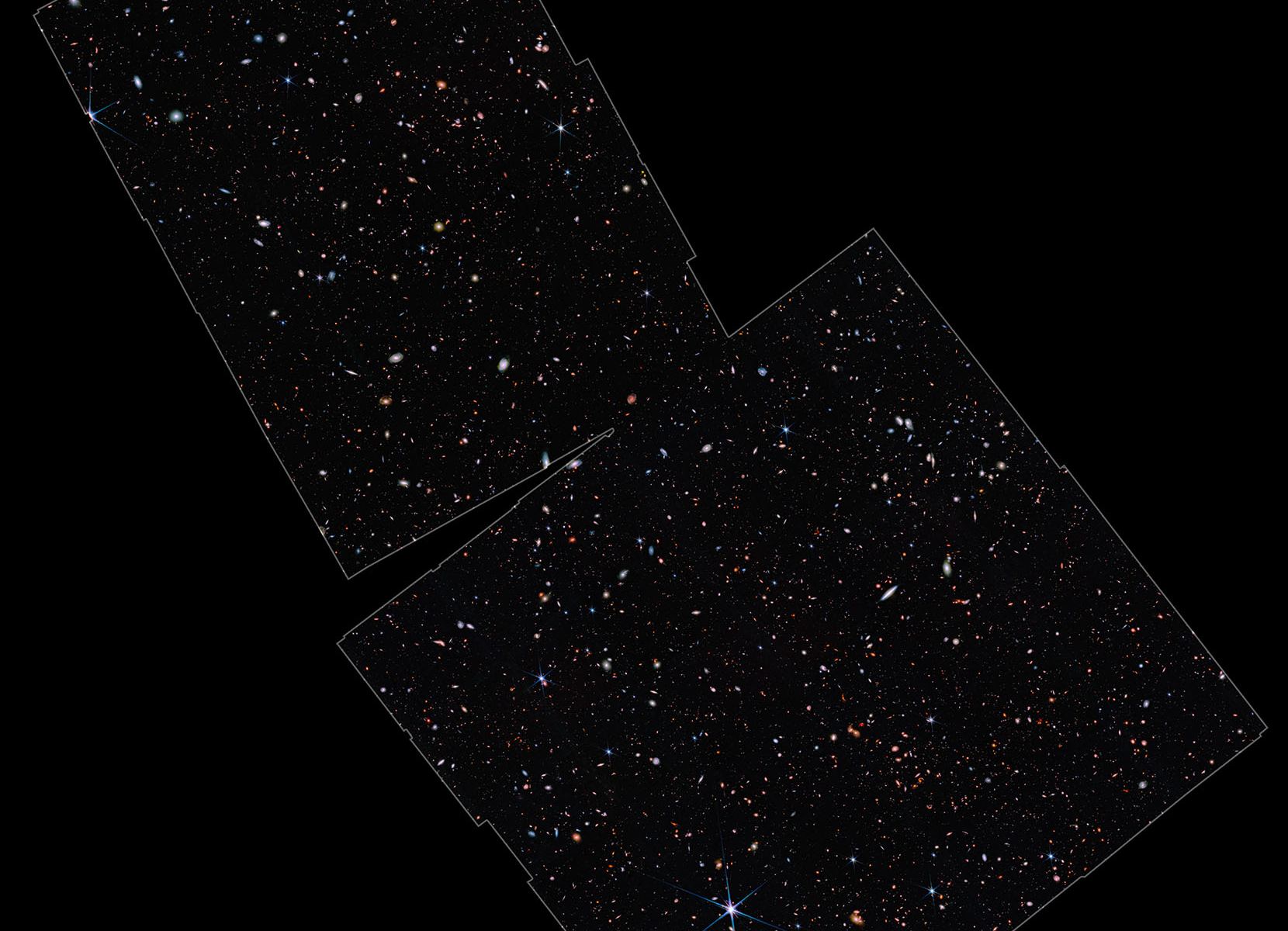Humanity is in a back-and-forth relationship with nature. First, we thought we were at the center of everything, with the Sun and the entire cosmos rotating around our little planet. We eventually realized that wasn’t true. Over the centuries, we’ve found that though Earth and life might be rare, our Sun is pretty normal, our Solar System is relatively non-descript, and even our galaxy is one of the billions of spiral galaxies, a type that makes up 60% of the galaxies in the Universe.
But the Illustris TNG simulation shows that the Milky Way is special.
Continue reading “According to Simulations, the Milky Way is One in a Million”
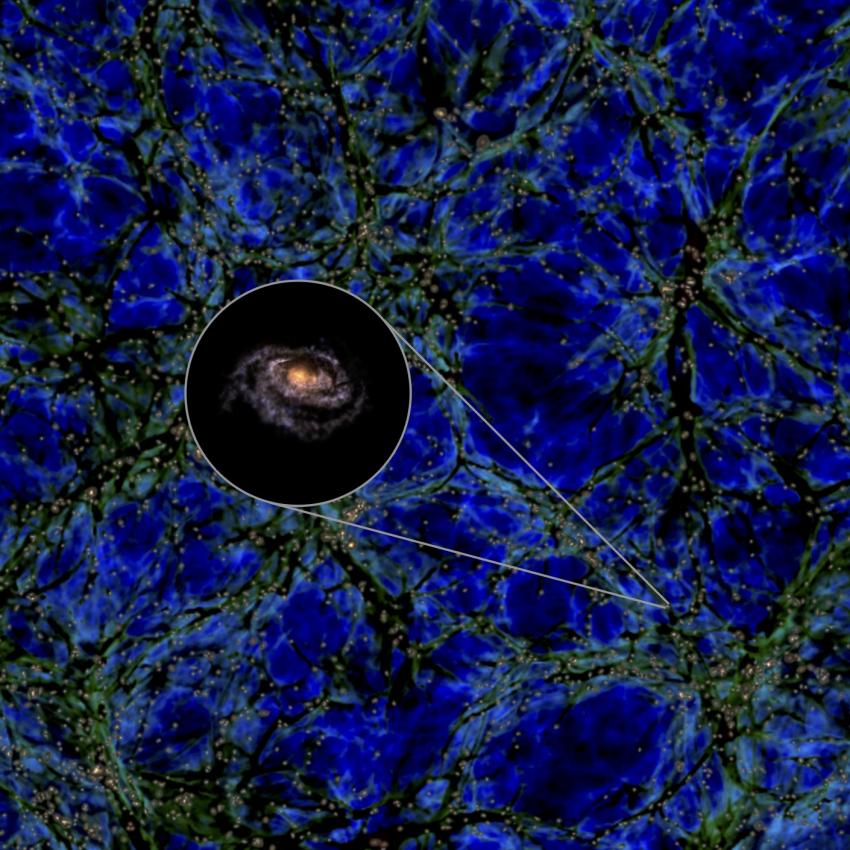


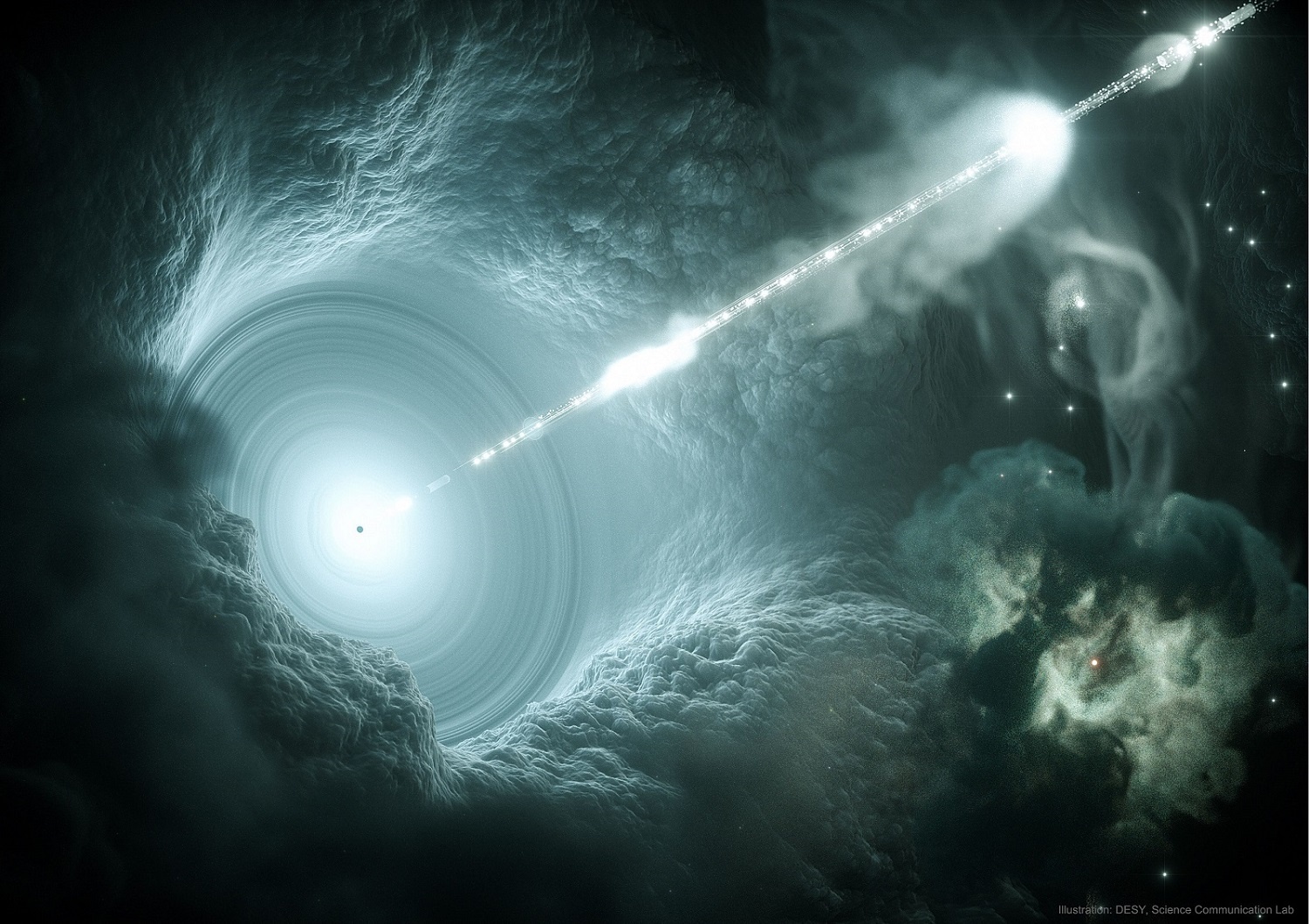
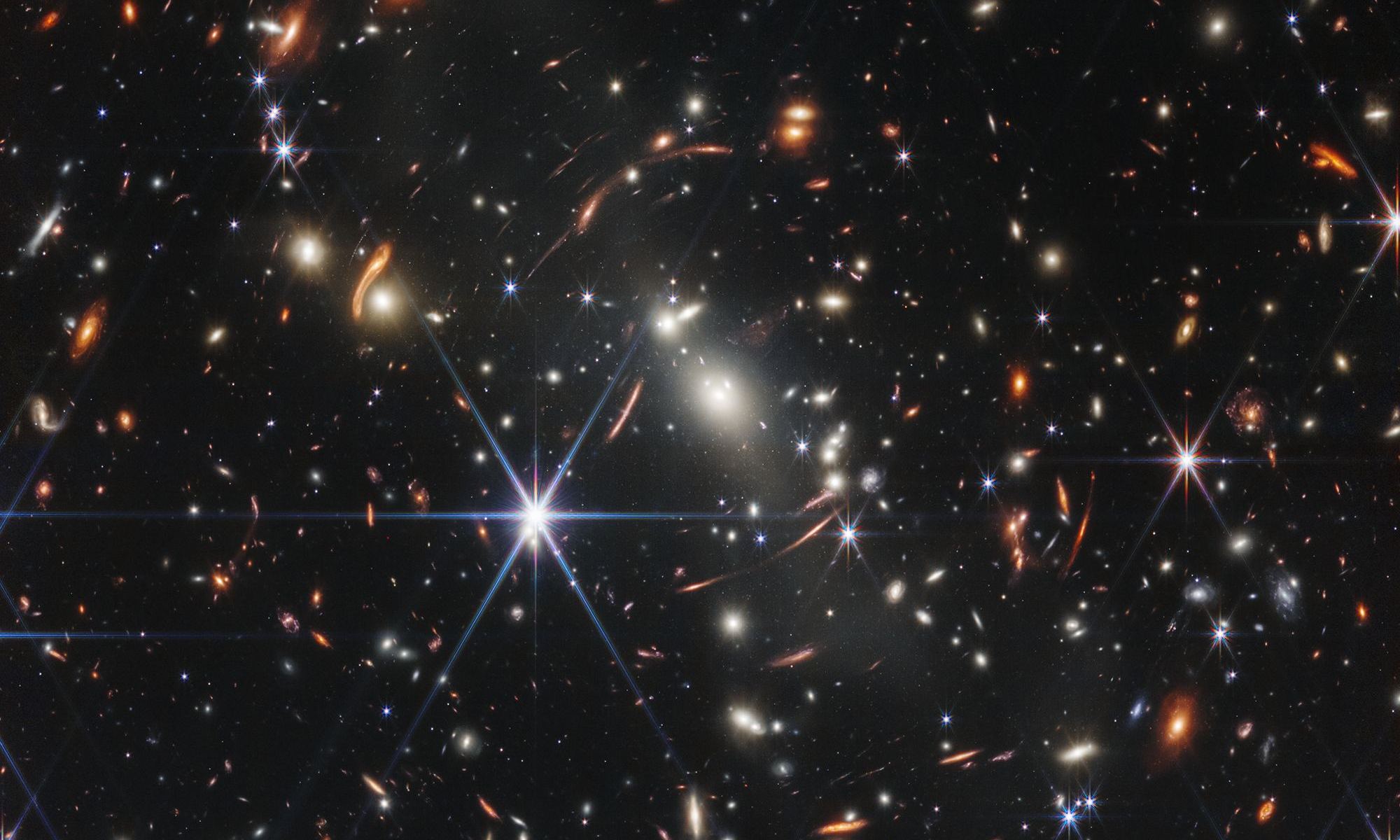
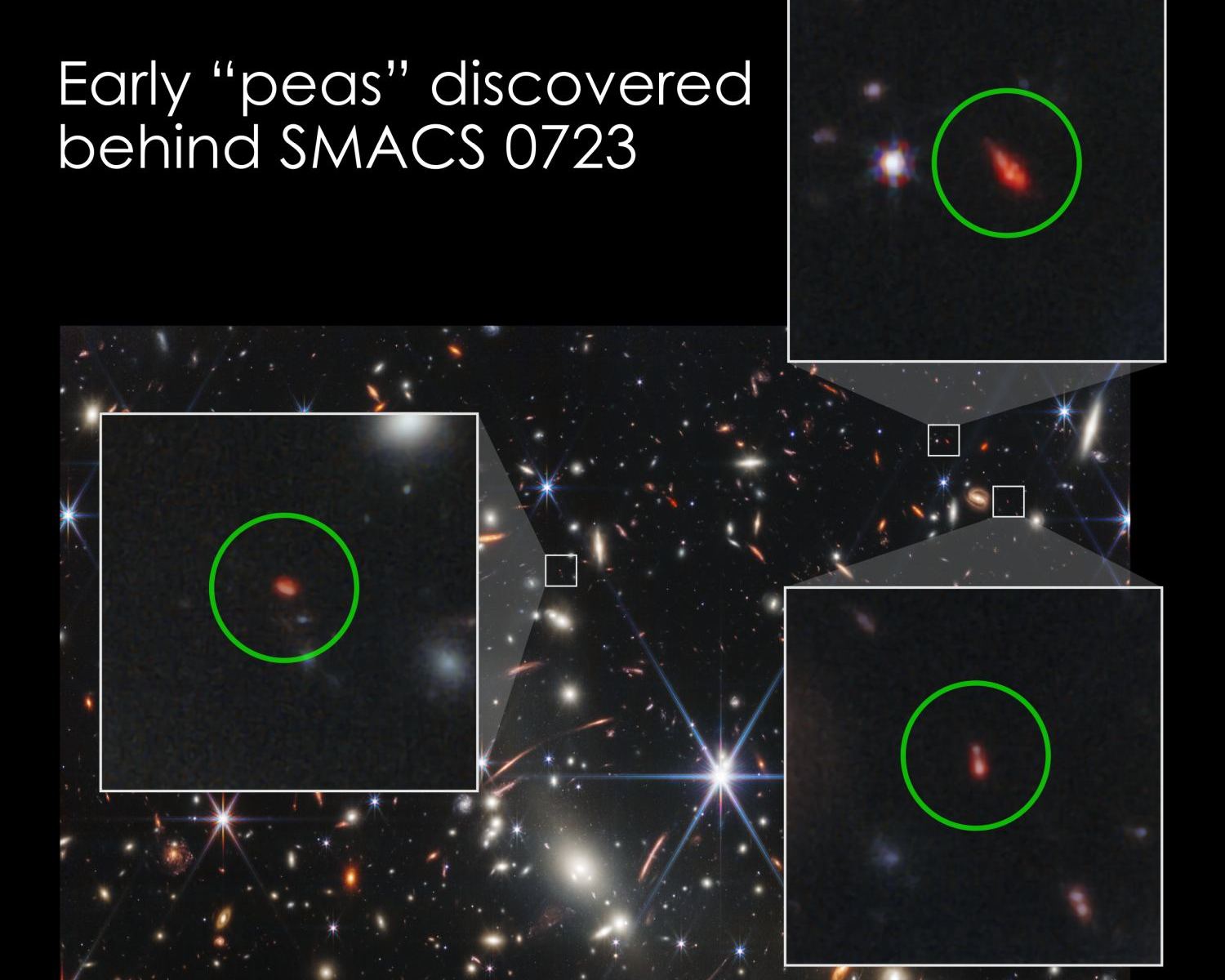
![This illustration shows the Milky Way galaxy's inner and outer halos. A halo is a spherical cloud of stars surrounding a galaxy. (Image Credits: NASA, ESA, and A. Feild [STScI])](https://www.universetoday.com/wp-content/uploads/2023/01/STScI-01EVT45HQKNHQRSF0EYER8XWF3.jpg)
